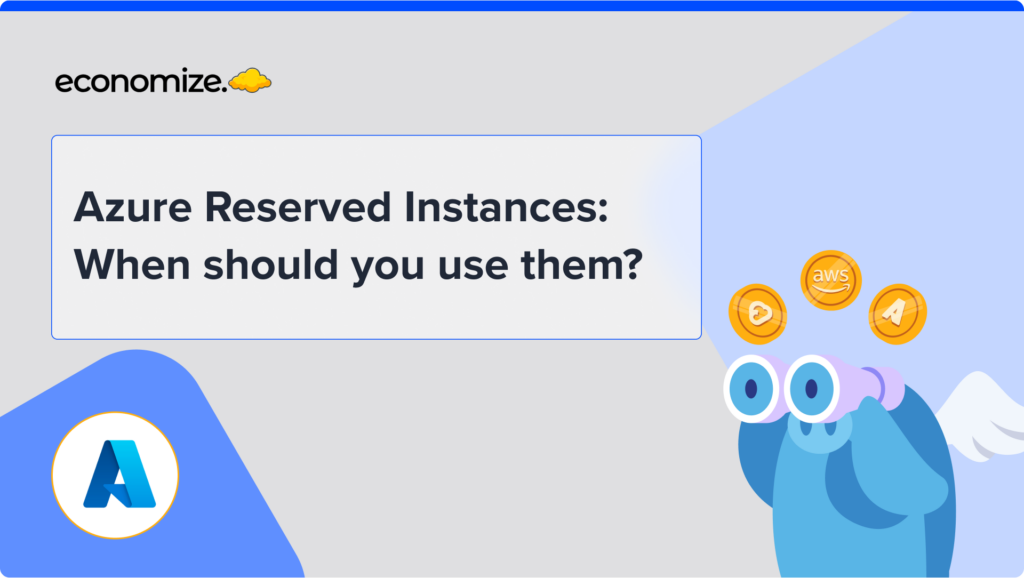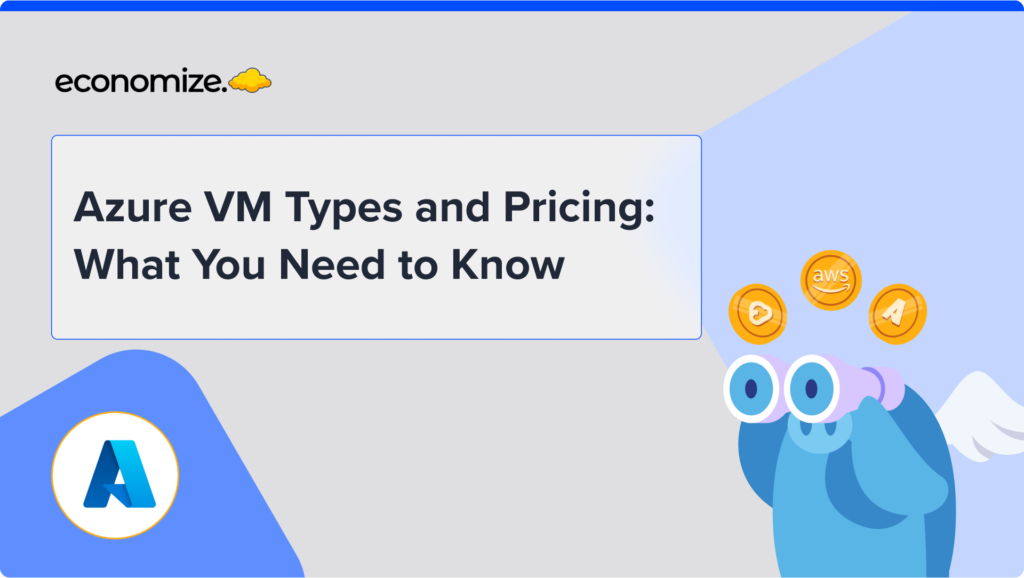Amazon S3 (Simple Storage Service) is a popular cloud storage service that allows users to store and retrieve their data from anywhere in the world. It is a highly scalable, reliable, and cost-effective storage solution that is widely used by businesses of all sizes. However, as the amount of data stored in S3 grows, it can become challenging to manage and optimize storage costs.
This is where AWS S3 Storage Lens comes in. This article will provide an overview of S3 Storage Lens and it’s features, and also dive into essentials such as Custom Dashboards, Metrics, and Best Practices for utilizing S3 Storage Lens.
What is AWS S3 Storage Lens?
S3 Storage Lens is a cloud storage analytics solution that provides data analytics, metrics, and insights for your Amazon S3 storage. It allows you to quickly and easily understand your S3 storage usage and optimize your storage resources, thereby reducing your storage costs. The solution gives you a unified view of your object storage usage, including object counts, storage size, and access patterns.
- S3 Storage Lens offers a unique perspective on how to manage and optimize S3 storage, by providing a set of metrics, recommendations, and best practices.
- These can help you identify potential cost savings opportunities (such as choosing the correct S3 Storage Classes), improve performance, and meet compliance requirements.
- It is an ideal tool for any organization using Amazon S3 storage to store large volumes of data, as it allows you to track and monitor S3 usage and access patterns.
Benefits of AWS S3 Storage Lens
AWS S3 Storage Lens is a powerful tool that can provide several benefits to organizations using AWS S3 storage, a few key ones are listed below:
- Cost Optimization: AWS S3 Storage Lens allows you to analyze your data storage patterns and optimize your storage costs. By identifying infrequently accessed data, you can choose to move it to a lower-cost storage tier or delete it altogether to reduce costs. You can also identify any unutilized or underutilized storage resources and optimize your storage.
- Security: S3 Storage Lens provides you with a unified view of your S3 storage usage and security posture, including identifying buckets with public access, buckets without default encryption, and buckets with outdated or unpatched access policies. By identifying such vulnerabilities, you can take immediate actions to secure your S3 storage.
- Compliance: With S3 Storage Lens, you can track and monitor your S3 storage usage to ensure compliance with regulatory requirements such as HIPAA, PCI-DSS, and GDPR. You can also generate compliance reports to demonstrate your adherence to these regulations.
- Operational Efficiency: By analyzing your S3 storage usage patterns, S3 Storage Lens enables you to optimize your storage infrastructure to improve your operational efficiency. For example, you can identify and fix any issues with your S3 storage configuration, and identify areas for improvement.
- Customization: S3 Storage Lens provides you with the flexibility to create custom reports and dashboards to meet your unique business requirements. You can also configure alerts to notify you of any critical issues related to your S3 storage.
What are Custom Dashboards in S3 Storage Lens?
Custom dashboards in AWS S3 Storage Lens allow you to create and customize your own personalized views of your storage metrics. These dashboards can be customized to show exactly what you need to know about your S3 storage, allowing you to quickly and easily understand trends, identify anomalies, and track key performance indicators. This is especially helpful when using compute services like AWS EMR and EC2
Each dashboard can display a wide range of metrics and can be customized to show a combination of data points. This means you can see the exact information you need to monitor, such as object counts, object size, storage class usage, request rates, and more. Additionally, you can create multiple dashboards with different metrics for different teams or use cases.
How to create a Custom Dashboard in S3 Storage Lens?
Creating a custom dashboard is a simple process. To create a custom dashboard, follow these steps:
- Sign in to the S3 AWS Management Console
- From the left Navigation menu, click on Storage lens, then Dashboard
- Click the Create dashboard button.
- Choose a name and description for your new dashboard.
- Select the metrics you want to display on your dashboard.
- Save your dashboard
Source
Additional features for custom dashboards
- Once you have created your dashboard, you can configure it to meet your specific needs. You can set up alerts to be notified when certain thresholds are met, or you can choose to display different metrics on different dashboards.
- Custom dashboards are a powerful tool that can help you stay on top of your S3 storage usage and performance. By displaying the metrics that matter most to users, they can quickly identify trends and make data-driven decisions to optimize your storage usage.
S3 Storage Lens Metrics
What are Storage Lens Metrics?
S3 Storage Lens Metrics allows you to obtain a comprehensive view of your storage usage, activity trends, and make better decisions to optimize storage costs. It offers an organization–level view of your entire storage footprint, such as storage usage and activity metrics, and aggregates metrics across multiple accounts and regions. Storage Lens Metrics also offers recommendations and insights that allow you to optimize your storage costs and make informed decisions.
Different Storage Lens Metrics
There are two types of S3 Storage Lens Metrics: Free metrics and Advanced metrics.
- Free metrics contain metrics that are relevant to your storage usage, such as the number of buckets and the objects in your account.
- Advanced Metrics include all the metrics in free metrics along with additional metrics, such as advanced data-protection and cost-optimization metrics
For detailed information about metrics, visit the AWS S3 Metrics Glossary page
Metrics Categories
Metrics Categories in S3 Storage Lens allows you to organize and categorize your storage usage and activity data based on specific criteria such as storage class, region, prefix, or object tags. With Metrics categories, you can create custom views of your storage usage and activity that is meaningful to your business.
Different types of Metrics Categories
S3 Storage Lens offers several types of Metrics categories, including:
- Summary Metrics
- Cost optimization
- Data protection
- Access management
- Performance
- Events
- Activity (available with advanced metrics)
View and Edit Metric Types
- To View metric types, navigate to the S3 Management Console and select the desired bucket or access point.
- Click on the “Storage Lens” tab and select the “Metric types” tab.
- Click the “Create metric type” button and choose the desired source for the metric type.
- Select the fields to include in the metric type and configure any necessary filters.
- Choose the retention period for the metric type data and click “Create metric type“.
- To view metric type data, select the desired metric type and choose a time range to view the data.
- An update to wait for 48 hours before viewing your metrics is displayed.
AWS S3 Storage Lens Best Practices
When it comes to implementing S3 Storage Lens, there are several best practices to keep in mind to ensure optimal performance and functionality. A few of them are listed below:
Integrate with AWS CloudWatch
This integration allows you to view and analyze your S3 Storage Lens metrics in the same dashboard as your other AWS service metrics, providing a holistic view of your AWS environment. By using CloudWatch, you can also set alarms and receive notifications when your S3 Storage Lens metrics exceed certain thresholds, allowing you to quickly identify and address any issues.
Review S3 Storage Configurations
Another best practice is to regularly review and optimize your S3 storage configurations. S3 Storage Lens provides detailed insights into your storage usage patterns, allowing you to identify opportunities for optimization. By optimizing your storage configurations, you can reduce costs and improve performance.
Update S3 Access Policies
It is also recommended to regularly review and update your S3 access policies. S3 Storage Lens allows you to easily view and analyze your access patterns, including the number of requests and the amount of data accessed by each user or application. By regularly reviewing and updating your access policies, you can ensure that only authorized users and applications are able to access your S3 data.
Monitor Security Risks
In addition, it is important to regularly monitor and address any S3 storage security risks. S3 Storage Lens provides detailed security insights, including the number of publicly accessible buckets and the number of buckets with encryption disabled. By regularly monitoring and addressing these security risks, you can ensure the security of your S3 data.
Overall, by following these best practices, you can ensure optimal performance and functionality of your S3 Storage Lens deployment and effectively monitor and analyze your S3 storage usage.
Conclusion
AWS S3 Storage Lens is an incredibly powerful tool that can help you to optimize your AWS storage usage and costs. By providing you with a wealth of information on your S3 usage, including insights on your data access patterns and storage classes, S3 Storage Lens makes it easy to identify opportunities for cost savings and to implement best practices for your workloads.
Get started with AWS S3 Storage Lens today and start optimizing your AWS storage usage and costs. With the right tools and strategies, you can achieve significant cost savings and improve the performance and reliability of your workloads instantly.













